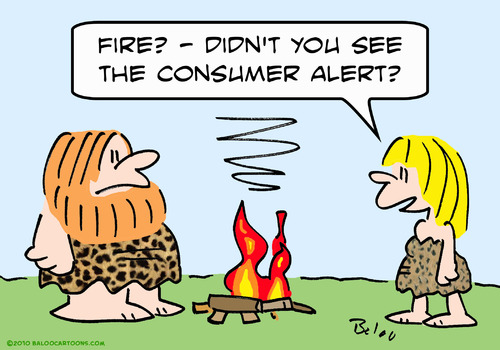BGM
One person. One facebook page. One image that represents us.
This image is called profile picture. It shows up on every activity you do in social networking sites: Facebook, Twitter, Tumblr, Google+, Yahoo, MySpace, Youtube, Skype, Instagram, Pintrest, Reddit, Kik Messenger, Weibo, Qzone, Flickr, Vine, StumbleUpon, Wordpress, Delicious, Last.fm, Habbo, Digg, Kakaotalk, DeivantART, Cyworld, various forums generated through vBulletin, and even Blogger, the very platform used my me and my classmates to do homework. Because this image represents every aspect of our social behavior within these sites, these images, conclusively, are our virtual counterparts of our very own faces.
However, there is one crucial difference between the profile iamges used on the 27+ platforms and our own faces. First, we cannot alter our faces once it is generated (at birth). While plastic surgery changes small parts our faces, they cannot make a large enough change to actually change your identity. However, our profile images can changes, quite radically. One moment, it can be a picture of yourself at camp; however, it can be a picture of your favorite pokemon, a picture that indicates support for gay rights movement, a picture of Justin Bieber, or a picture of yourself at camp, simply edited to make the owner look more beautiful, more buff, or more different.
"Selfies" are now one of these types of photos, where one takes a photo of themselves. While it became recently popular in the States with the popular adoption of smartphones-which often come with front facing cameras-it was popular for quite a while in Asian countries, mainly China, Korea, and Japan, where feature phones already had introuduced front facing cameras in around 2005. However, these selfies, or 'selca'*s in Korean culture, create significant bias.
The pictures may not say much. The picture on the above might be trying to say, "I'm pretty". The one on the bottom might be saying that "I am popular." But are these images true? While 'pretty' is too objective to determine whether or not the lady is 'pretty' or not, the sefie does not match the lady in the left. Same goes for the image in the bottom. Are they really close friends? Or are they acting friends so they have an image to tweet about?
These create bias about the person. We, the viewers, might think that this girl is pretty. Maybe those girls are popular. We never know until we actually meet them in real life. Afterall, the virtual society is a place where anything can be lied about.**
The horrid fact is that all of us are aware of these, either concsiously, unconsciously, or both. The overweight girl in the picture above knows very well how she was treated in real life when she was an overweight girl. The desire to avoid this is the very reason the girl decided to take her selfie. The girls in the bottom might have felt like they were being left out, while her facebook friends were out partying or hanging out. The selfie was her solution to those unresolved feelings.
With the recent spread of social networks, this is quickly becoming a psychological issue. While unified name for this phenomenon does not exist, it has been consciously proven that the girls above are simply a part of a bigger vicious circle, a cycle where one bad event leads to another. This is merely possible because the girls would see these pictures; become socially anxious; post biased pictures themselves; and another girl sees the picture. Social depression and general anxiety in superficiality is the quick result.
We all know the bias is there. 'Everything is an argument', and everything is biased. You know this, like it or not, and it's been proven when you chose that picture of yourself for Facebook, Twitter, Tumblr, Google+...

This is my current profile picture for Facebook.
Guess what I am arguing through this picture...
*short for self camera. These became wildly popular in 2005 in Korea, and quickly spread to China mid 2000s. Japanese, does not use the term, nor ever took this practice consciously; they were already flippin their phones and cameras around to take pictures of themselves.
**http://warrenleeap.blogspot.com/2014/02/id.html





.jpg)